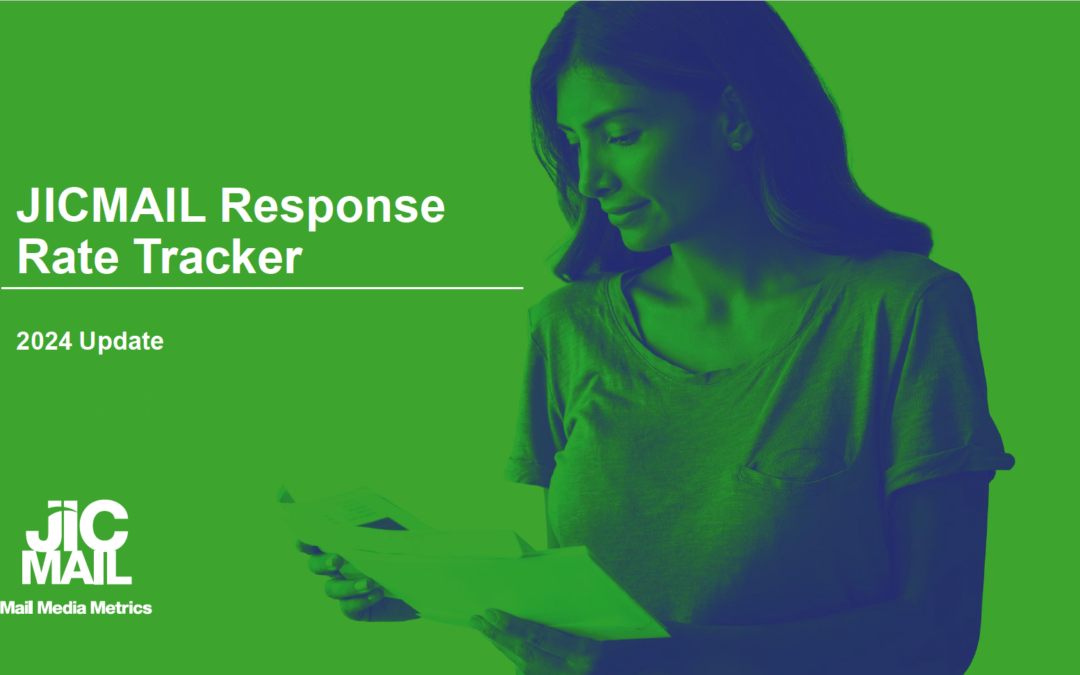It’s been widely acknowledged that the pandemic has amplified many existing consumer behaviours and this is certainly true of the way people have responded to mail. Physical mail’s ability to engage people and drive behaviour has increased noticeably and marketers and agencies have taken note.
Royal Mail has produced a free downloadable booklet to help marketers plan an effective campaign. The step-by-step guide, A Practical Guide to Direct Mail, provides tips and advice to those unfamiliar with the benefits of direct mail or those unused to planning a multi-channel campaign.
Many are now looking to include mail in their multi-channel campaigns and for some this will be their first experience of orchestrating mail within their media mix. Setting up a direct mail (DM) campaign is not difficult but it’s important to understand mail’s unique properties, how it works in tandem with other channels in the mix and how to execute a campaign successfully.
WHY DIRECT MAIL?
A multi-sensory experience
The first and most obvious quality is that it is physical, it’s designed to be directly interacted with by its recipients. Direct mail literally gets your brand’s message into your customers’ hands.
But even as a physical format, mail continues to thrive and evolve thanks to new technologies. New innovations such as 3D mailing packs, built-in QR codes and even augmented reality are expanding the horizons of what is possible through mail.
Mail can also appeal to all five senses; it can make use of touch, sight, sound, taste and smell to influence behaviour. This multi-sensory experience allows brands to create a tangible, real world connection with audiences and build a stronger relationship that drives higher recall.
A trusted channel
Technology has brought incredible innovations into our daily lives. But, perhaps this year more than ever before, technology has also led to consumers feeling overwhelmed. There are 293 billion emails, 65 billion WhatsApp messages and 23 billion texts sent every day. This bombardment can make it difficult to engage with, or trust, digital communications.
Mail is welcomed by customers of all ages – and particularly those who have grown up in the digital age. Our research found that mail drives trust and adds authenticity to communications, with 70% of consumers finding that mail makes them feel valued. The latest figures from IPA Touchpoints 2020 support this and show trust from consumers in mail has increased, while trust in digital and social channels has shrunk.
Real cut-through
Because it’s tangible – picked up and handled by a customer – direct mail possesses uniquely strong powers of engagement. And these qualities are getting stronger in the current pandemic context.
Recent JICMAIL figures reveal a record-breaking frequency of exposure (4.5 interactions) and that 56% of all mail items are still in the home after 28 days, embedding a brand in the home environment and delivering longer-term engagement.
This is particularly true with younger audiences. Mail in younger households is just as likely to be shared with cohabitants as other age groups – but it will stay in the home (before being thrown or filed away) for 10.4 days – nearly two days longer than the average mail piece.
Despite being half as likely to be targeted by direct mail or door drop as the average UK adult, mail is one of the most effective ways to reach the Gen Z audience – with JICMAIL showing that this audience is 40% more likely to claim that mail can change their mind about a brand than the average GB adult.
This receptivity to the physical is supported by YouGov research that says 88% of Gen Z respondents would prefer brand experiences which are delivered by blending digital and physical channels.
HOW DO DIRECT MAIL AND DIGITAL COMBINE?
Direct mail and digital can enjoy a powerful partnership, especially as they share a key similarity: both channels work best when they are fuelled by carefully segmented data.
Smart use of data enables brands to deliver a personalised, timely and relevant message – if synchronised across digital and physical channels this means brands can not only gain the attention of their target audience but drive actions too.
The latest figures from JICMAIL reveal the symbiotic relationship between mail and digital, finding that 70% of people have been driven towards an online activity by direct mail.
TIPS FOR PLANNING AND EXECUTING DIRECT MAIL
Define your objectives and audience
Have a clear idea of what goals you want your communications to achieve. Are you focused on driving online sales? Do you want to raise awareness of a new product/service? Influence behavioural change? Whatever your goal – you need to have a clear view of what you want to invest and how you measure success.
You also need a clear picture of your audience and their challenges. Ask yourself why they would be interested in your product or service? Will they have heard of you? Have you contacted them before? The answers to questions like these can help you find the right balance for your message – such as information on your product versus boosting your credentials.
Know your options
It’s never been so easy or effective for marketers to intelligently incorporate mail into their communications. Direct mail is addressed mail sent to a named person. Because it bears the recipient’s name it starts building a strong one-to-one relationship and it allows for tailored offers and promotions. The personal aspect is one of the reasons why DM has a 96% engagement rate.
Partially addressed mail allows marketers to target a potentially receptive new audience. It works by targeting small groups of selected households identified because they share common demographics and behaviours. For instance, a piece of mail addressed to ‘Pet Lover’ or ‘Kitchen Wiz’ is likely to get attention. It’s the highly targeted way to acquire customers without requiring their personal data but by using postcode data instead.
Door drops are a cost-effective way to reach new customers locally and nationally without using personal data. You can reach your choice of almost 30 million households.
Consider how mail integrates
The most effective marketing is often multi-channel. Can you identify trigger moments in the journey where customers haven’t responded to email or SMS, where a mailing might prompt action? Can you further convert awareness into action through mail following a TV or a social media campaign? Marketers need to maximise their CRM toolkits and think about how to best integrate mail into a wider campaign and influence consumers across a journey.
Choose your mail creative wisely
There are so many creative and immersive elements that you can use with mail, from sensory additions like smell and touch, to digital devices like QR codes, AI and image recognition, clever variations of long or short copy – even paper that can be opened in an innovative and unique way.
However, it is crucial to ensure these possibilities and innovations align with the objective and message of the piece. They must contribute towards the storytelling: used as memorable devices rather than forgettable gimmicks.
A Practical Guide to Direct Mail is available to download from the Royal Mail website:
www.royalmail.com/business/insights/how-to-guides/direct-mail-report





